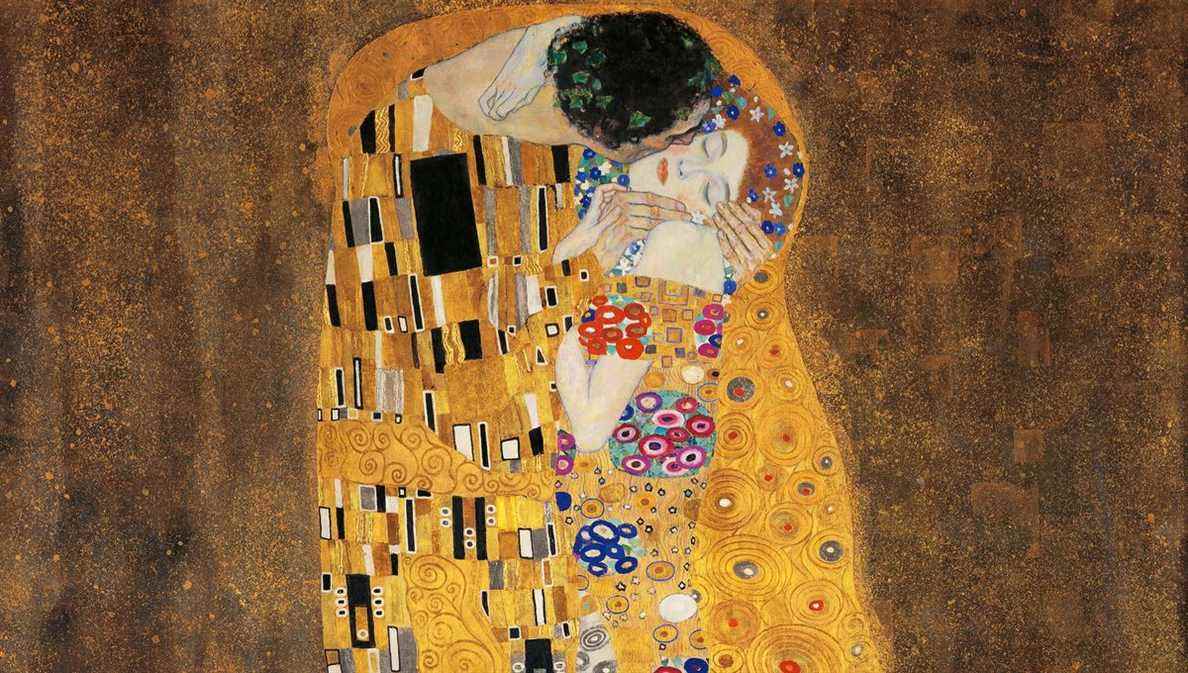Gold shines, makes you want and makes you dream. It unleashes passions and embodies eternity, beauty, but also luxury and wealth. From 700 BC. AD, gold was used as currency. Today that is no longer the case, but it retains financial and economic value. The stock market also continues to discuss variations in its price.
Its brilliance is due to the electrons present in the material, which, depending on their density, will create reflections. Its more or less pure composition also gives it different nuances.
In art, gold is one of the few colors that does not have a chromatic variation. However, he has been invited into many masterpieces to sublimate them.
Hayley Edwards-Dujardin is an art and fashion historian. She is the author of the book Gold, from Tutankhamun to Andy Warhol published by Éditions du Chêne in which she discusses the use of gold in the history of Art.
“The Kiss” by Klimt, a work made with gold leaf
The kiss by Klimt is one of the painter’s most famous paintings. It was produced in 1907 and it represents a man kissing a woman. It is a rather chaste kiss which is made on the cheek, but all is in abandonment. He is completely bent over her and his face is hidden, as if locked in this kiss. She has her eyes closed, her head thrown back. They are on a gold background which encompasses them. There is something very sacred about this kiss.
For this table, Klimt used gold leaf. During his childhood he was able to observe his father goldsmith who transmitted to him the technical and artisanal gesture gold leaf.
Klimt fell in love with gold thanks to Byzantine art that he discovered in Italy and more particularly in the Basilica of San Vitale in Ravenna which houses a Byzantine mosaic masterpiece. The Byzantines had a rather extraordinary practice of mosaics. We find this arrangement of variations in gold in this work by Klimt.
